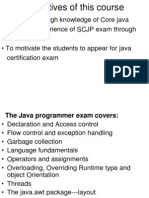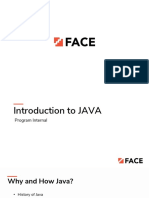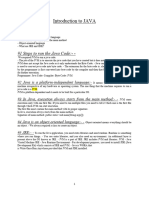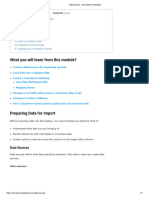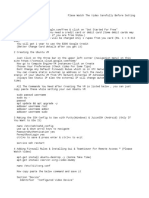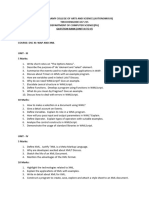0% found this document useful (0 votes)
7 views73 pagesStudent Java Copy of Unit I
Uploaded by
RaghavCopyright
© © All Rights Reserved
We take content rights seriously. If you suspect this is your content, claim it here.
Available Formats
Download as PPTX, PDF, TXT or read online on Scribd
0% found this document useful (0 votes)
7 views73 pagesStudent Java Copy of Unit I
Uploaded by
RaghavCopyright
© © All Rights Reserved
We take content rights seriously. If you suspect this is your content, claim it here.
Available Formats
Download as PPTX, PDF, TXT or read online on Scribd
/ 73






